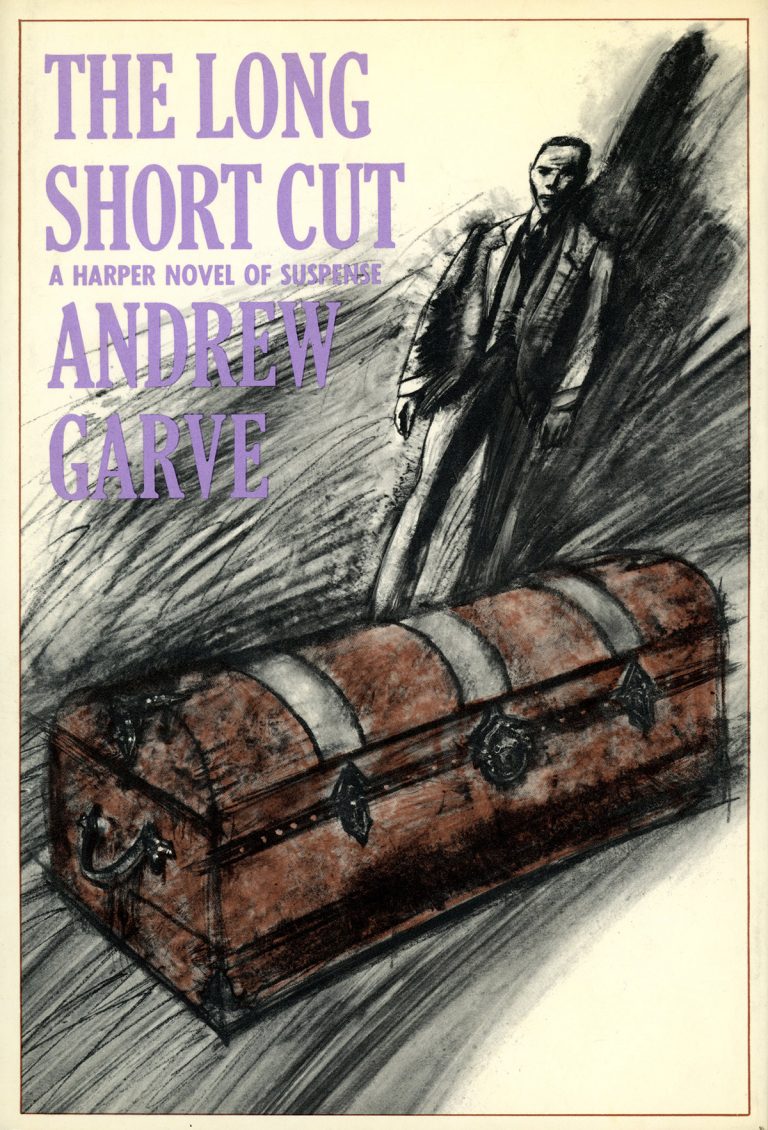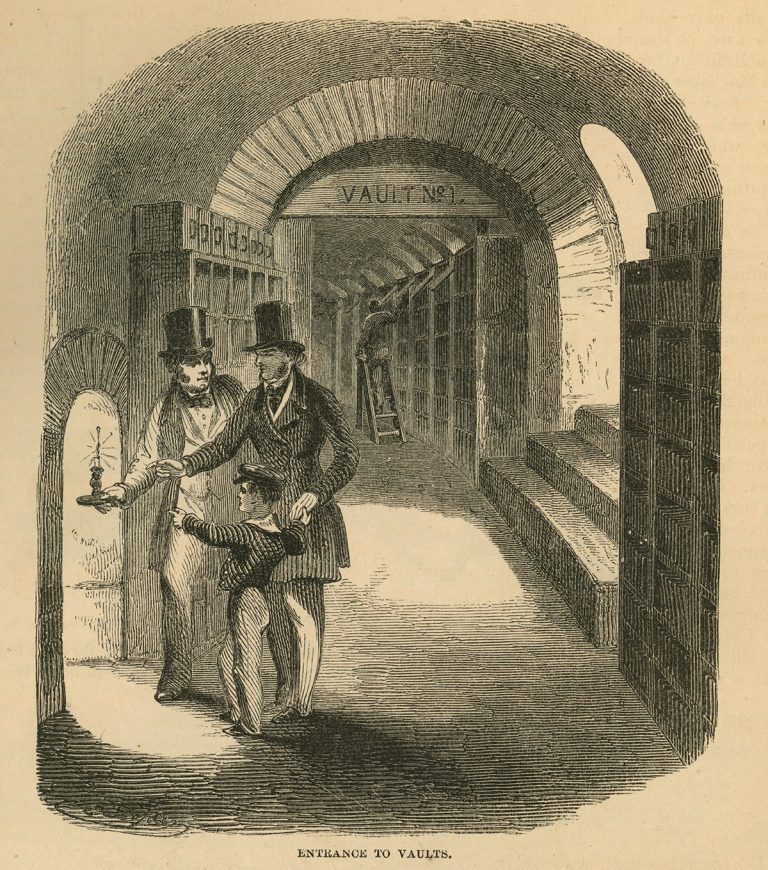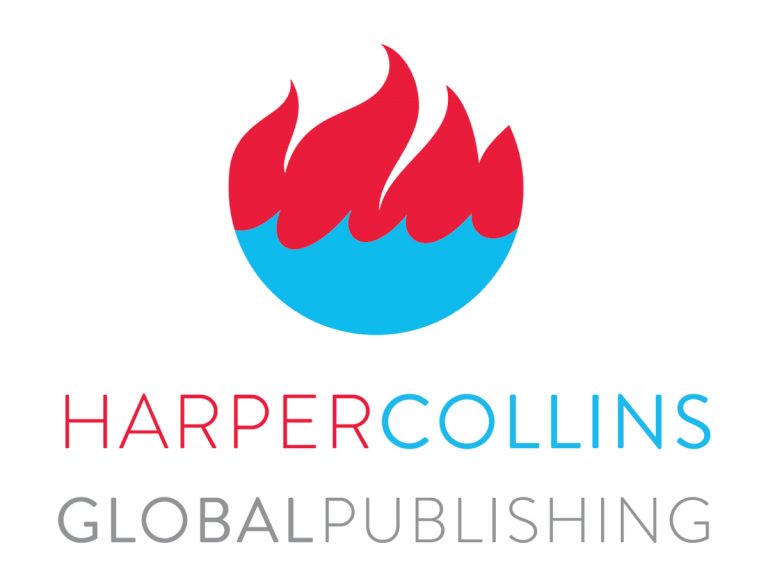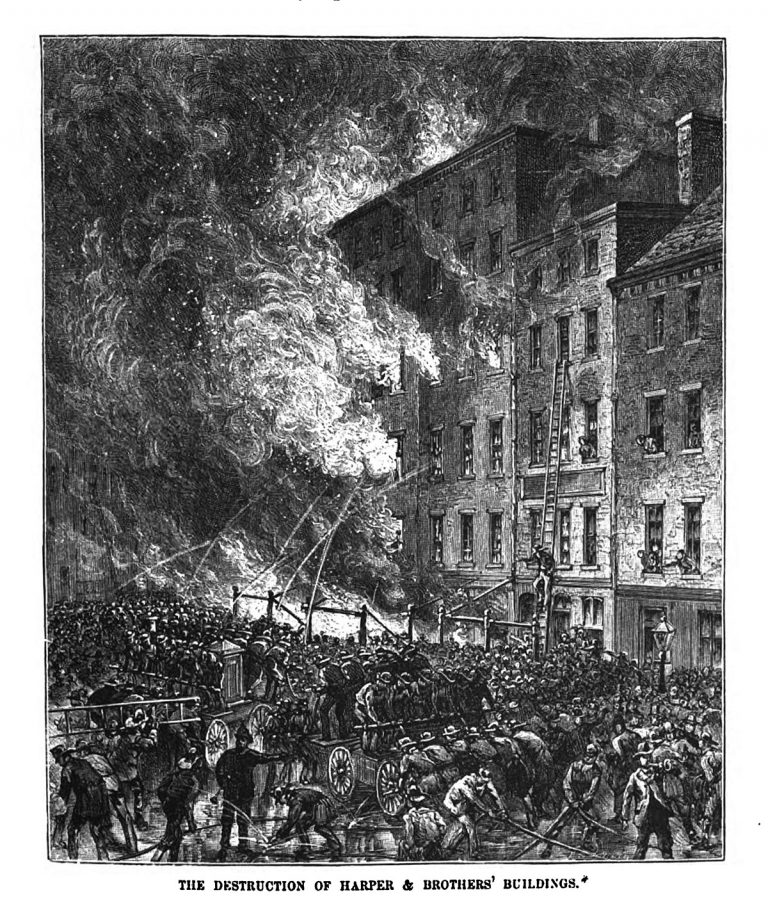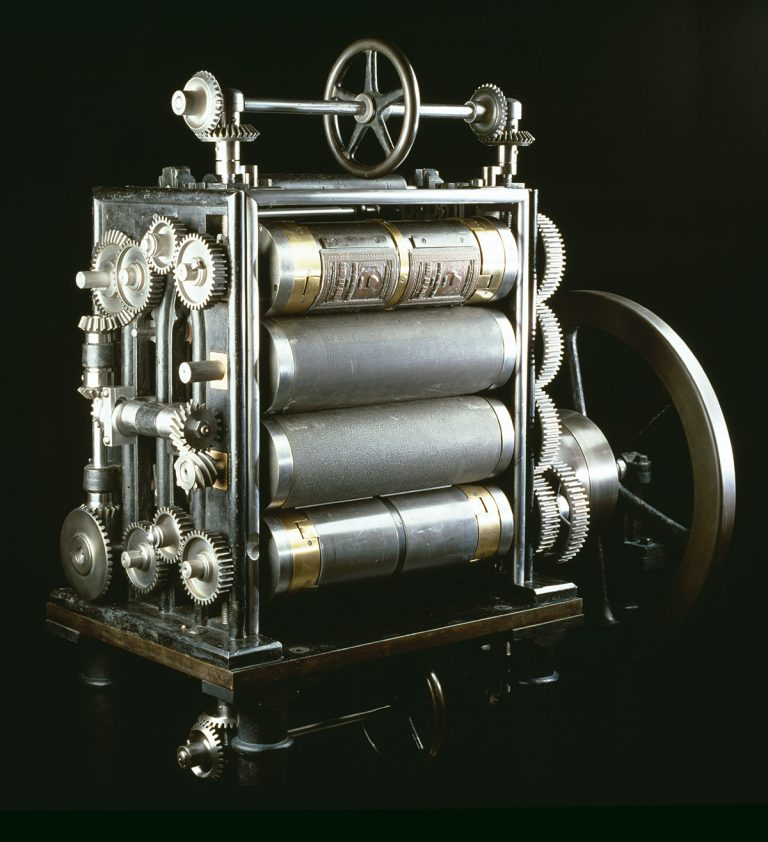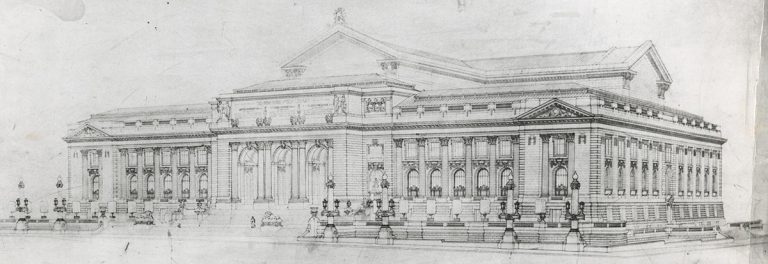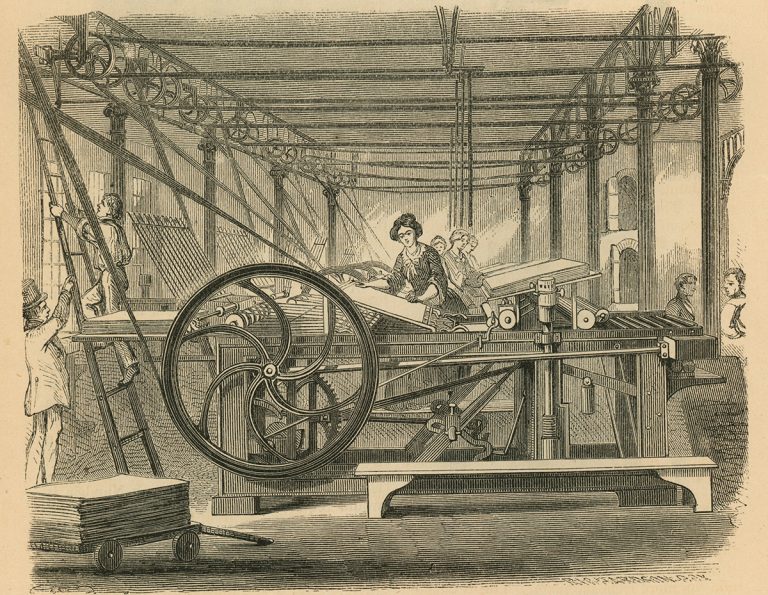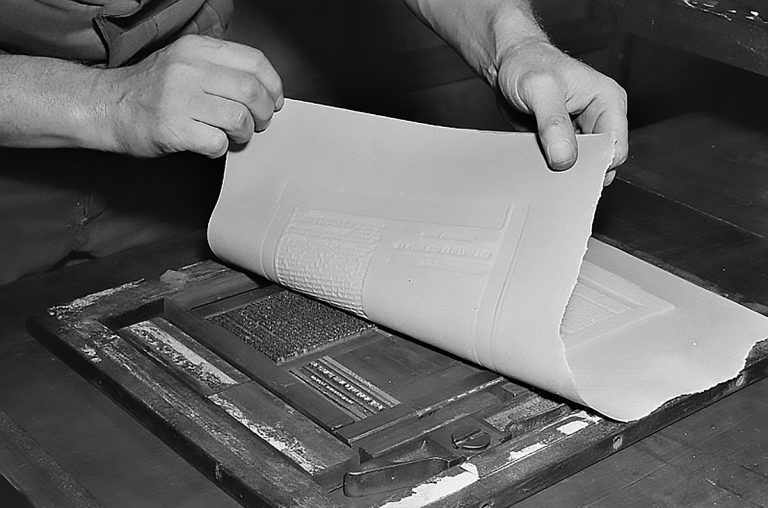Publishing Firsts: Producing Books Electronically
Although word-processing programs and electronic typewriters had been around since the late 1960s, Harper & Row was the first to help pioneer electronic publishing with Andrew Garve’s The Long Short Cut in 1968, which was, according to the New York Times, “the first book set into type completely by electronic composition.” More
